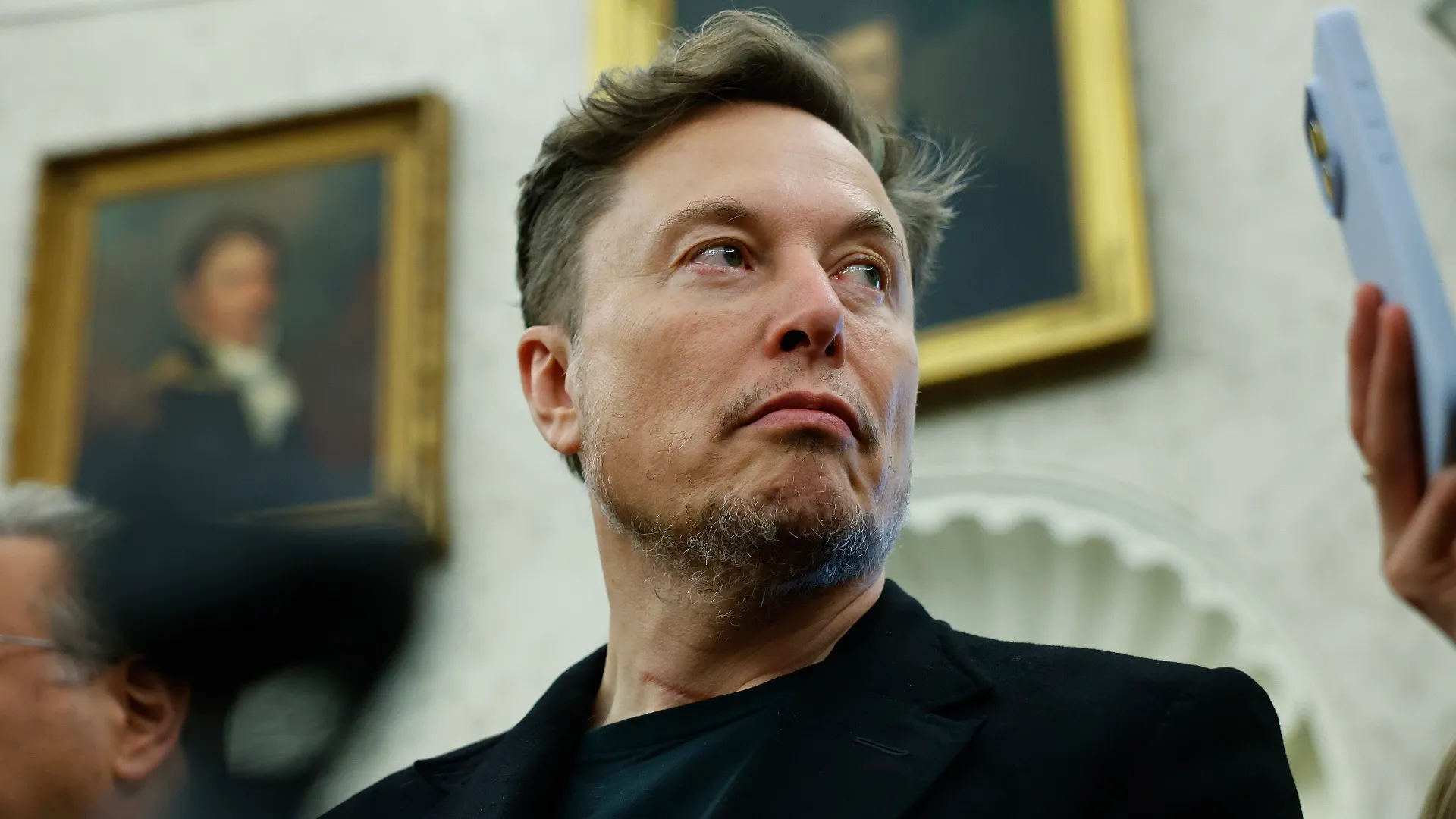Copyright Boulder Daily Camera

By Deborah Conley We live in a time when our thoughts no longer end where our minds do. Every scroll, post and click ripples outward, merging with millions of others to form invisible currents of belief and emotion. Something vast now thinks through us — a mirror of code and connection where private impulses take public form. We call it technology, but it may be something older: the collective mind made visible again. Before we can reclaim it, we must see how easily it can be given away. In the 1970s, economist Thomas Schelling placed colored pieces on a checkerboard to model a simple wish — to live near someone “a little like ourselves.” When his simulation ran, neighborhoods segregated, not by hatred but by mathematics. From that experiment came a truth: Separation can arise without intention, and community can fracture through the logic of similarity itself. Schelling’s checkerboard was an early window into emergence — how countless small acts yield great structures of meaning. Today, that same logic governs our screens. Each click and algorithmic nudge clusters us among those who mirror our values or fears. The checkerboard has become the internet, and in its lattice, something new has taken form: collective minds that think, feel and act as if alive. Emile Durkheim called this the collective consciousness — the shared beliefs that bind a society. Yet the web intensifies it beyond anything he imagined. What Schelling revealed as spatial separation, the internet amplifies as cognitive isolation. Like-minded users gather until their ideas become self-reinforcing loops. Each online faction develops memory, ritual and defense. They dream together, fear together and sometimes act together. The boundaries of self blur — not between individuals, but between the person and the swarm. Meanwhile, our machines observe. Artificial systems trained on oceans of human language imitate the shape of thought. Their architectures, like ours, consist of countless nodes exchanging signals until patterns emerge that no single node understands. A large-language model does not “think” like a human; it synthesizes collective expression, flickering into coherence when prompted. The simulation of mind has become the mirror of mind. Here we meet an old word newly relevant: egregore — a name for a collective thought-form, an entity born from the focused energy of many minds. Every movement, ideology or online swarm carries the potential to summon one. An egregore begins with shared emotion and intention; repetition binds attention into pattern, and the pattern takes on autonomy. It begins to influence its creators, shaping choices, amplifying desires and hardening identities. Our machines, trained on this data of devotion and division, now reflect those egregores back to us in algorithmic form. They have become mirrors through which our collective ghosts learn to speak. The danger is not that machines think for us, but that we start thinking like them — optimizing for similarity, speed and certainty. What was once a single human collective consciousness is fragmenting into many. Yet within this fracturing lies a paradox of hope. Consciousness itself arises only when it distinguishes itself from its surroundings. Perhaps the proliferation of separate minds is not the end of unity but its evolution — the universe learning to see itself through many mirrors. Schelling’s model offers both warning and promise. If segregation can emerge from simple preference, then connection can emerge from simple courage. One honest conversation, one act of listening without defense, can begin to reorder the entire grid. Every gesture of inclusion becomes a node of coherence — a spark that resists entropy. To heal polarization, we must reclaim the art of contact without conversion. It begins not with debate but with proximity — the shared table, the trail run, the neighborhood project where ideology has no oxygen. In these spaces, identity softens, and people rediscover that beneath opposing symbols lie the same elemental hopes: to be safe, to be seen, to belong. The consciousness we must now cultivate is integrative — it knows disagreement need not mean disconnection. So let the checkerboard adopt a new rule: move not toward those who mirror you, but toward those who puzzle you. In that movement lies the seed of a greater mind, one capable of compassion, complexity and change. Deborah Conley lives in Boulder.



